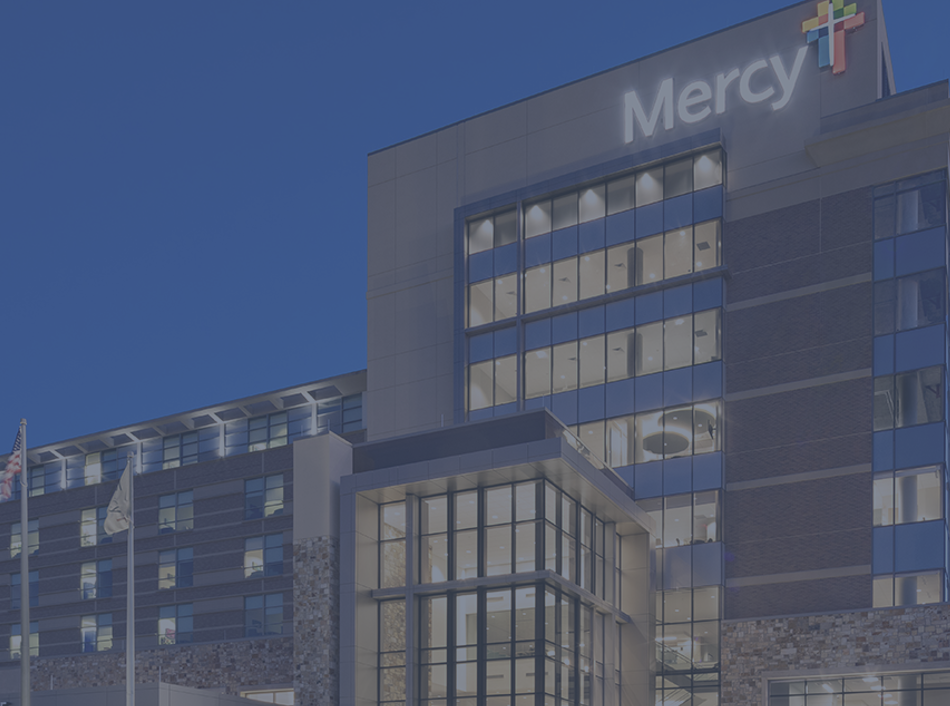4 Big Benefits of Prior Authorization Automation
The past few years of the pandemic have only highlighted what has become a serious problem for the American healthcare system: how to provide comprehensive and affordable health care services to all care-seeking patients. Indeed, increasing care needs, limited budgets and a shortage of qualified personnel have been mounting for years, with COVID-19 merely sharpening the public’s awareness of how these factors affect the overall issue and, thus, impact medical care costs, as well as quality of care.
While legislation and other supports have been put into place (both before and during the pandemic) in an effort to reduce costs, expand care access, boost care provider morale and, ultimately, improve patient outcomes, preauthorization for care often remains one of healthcare’s biggest obstacles. Its complicated network of steps is an easy task to bungle no matter a provider’s experience or size of practice. Fortunately, there is a solution; prior authorization automation allows care providers and/or administrators to increase the number and accuracy of the authorizations they complete each hour using fewer human data entry professionals. Take a look at four big benefits of prior authorization automation:
What is Prior Authorization Automation?
In many instances, physicians and other healthcare providers must seek confirmation from a health plan or insurer that certain medical treatments, services, medications and equipment are medically necessary for a specific patient in order to insure coverage of their costs. It can be a lengthy process, requiring physicians and/or other health care staff to manually fill out and submit form(s) to a health plan/insurer before proceeding with a patient’s care. Prior authorization automation eliminates much of the human component that is necessary for traditional prior authorization sequences, instead using digital technologies that are able to automatically populate data fields with information from a patient’s EHR. In this way, prior authorization automation is faster and necessitates far less human oversight than traditional prior authorizations, allowing doctors to move through a patient’s care plan with less costs and fewer delays.
Benefits of Prior Authorization Automation
Bypassing the need for someone to physically search for and transcribe information from one document to another affords several benefits, some of biggest being:
- Better Compliance with Changing Rules of All Payer Plans
Some of the most challenging aspects of the prior authorization process are the volume of payer regulations that exist and the frequency with which they change. There are over 1,000 insurers in the U.S. alone. Keeping track of each one’s individual rules for coverage, finding the right forms to fill out and knowing when those rules and forms change are all hard. Each prior authorization is also prone to error since different providers might misunderstand or fail to notice certain modifications to an insurer’s rules and/or paperwork. Our Flint™ Robotic Process Automation and AI technologies here at Amitech, for example, monitors all payer rules for you and automatically pulls the correct forms for each prior authorization request, allowing you to treat patients faster and with fewer coverage denials and write-offs.
- Improved Bottom Line
Prior authorization automation necessarily saves money because it reduces the need for specialist positions to manage the precertification process, allowing the money that would have been spent on those salaries to be saved for other needs. In addition, prior authorization automation often provides patients with real-time estimates of their treatment costs, enabling them to better understand their benefits and issue payment before — not after — care.
- Improved Accuracy
Research indicates that many automated processes are more accurate than manual ones. Automated prior authorization requests, in particular, reduce the likelihood of error by removing the need for subjective interpretation of payer rules and regulations. The result: more prior authorization forms are filled out correctly and more treatments are approved.
- Expedited Patient Care
Of course, perhaps the biggest benefit of prior authorization automation is the speed at which health care services can be rendered. Automated services allow real-time feedback for care, enabling doctors to provide the best plan for treatment in the shortest amount of time.
Ready to Learn More?
Prior authorization automation saves money, but its true value lies in saving lives. To learn more about using prior authorization automation to eliminate unnecessary human errors, reduce costs and improve patient care, please contact Amitech. Our Flint™ Robotic Process Automation and AI technologies allows providers to get back to what they do best: taking care of patients!





